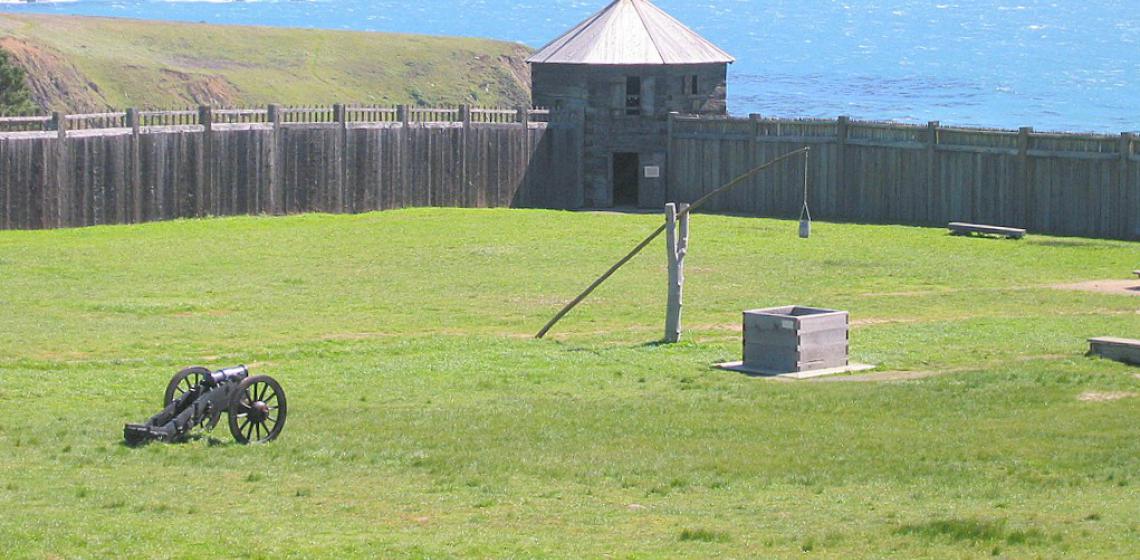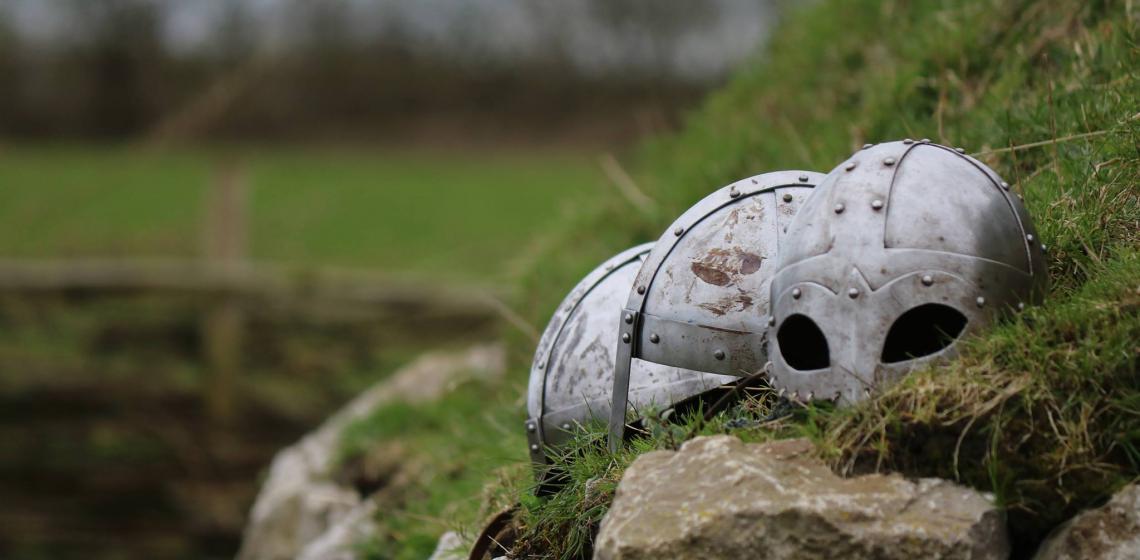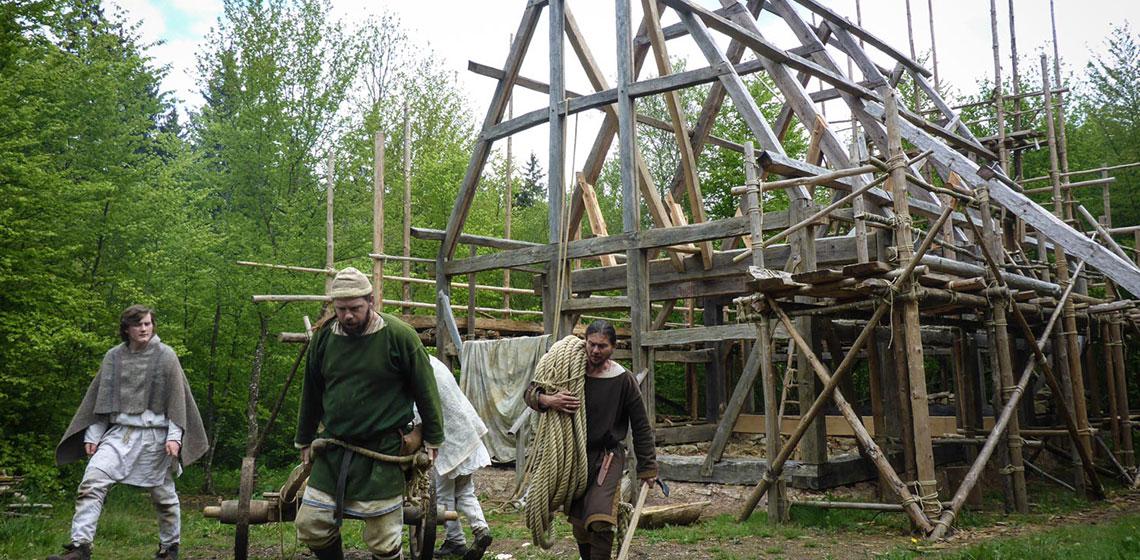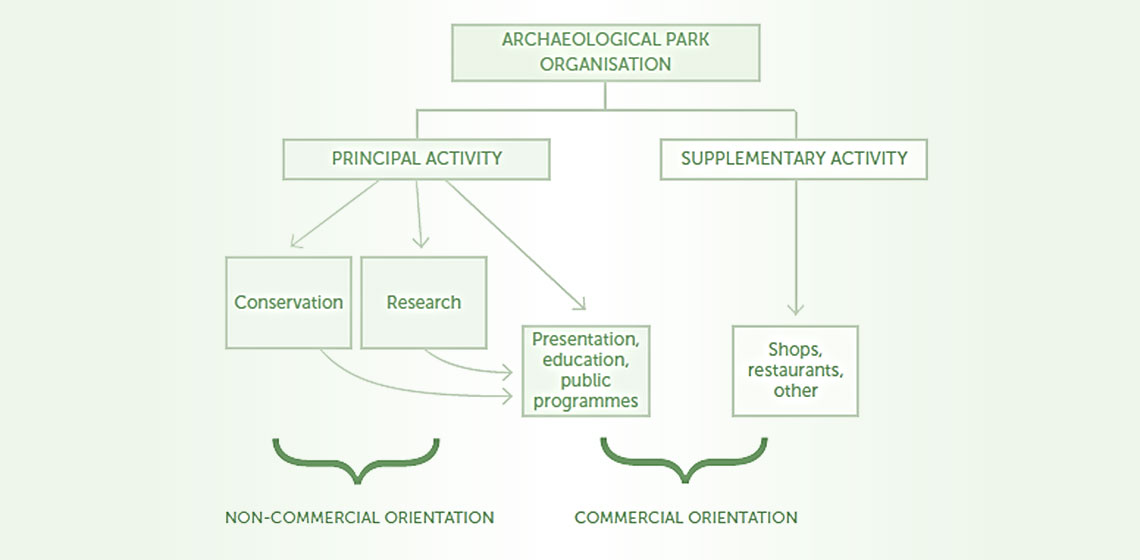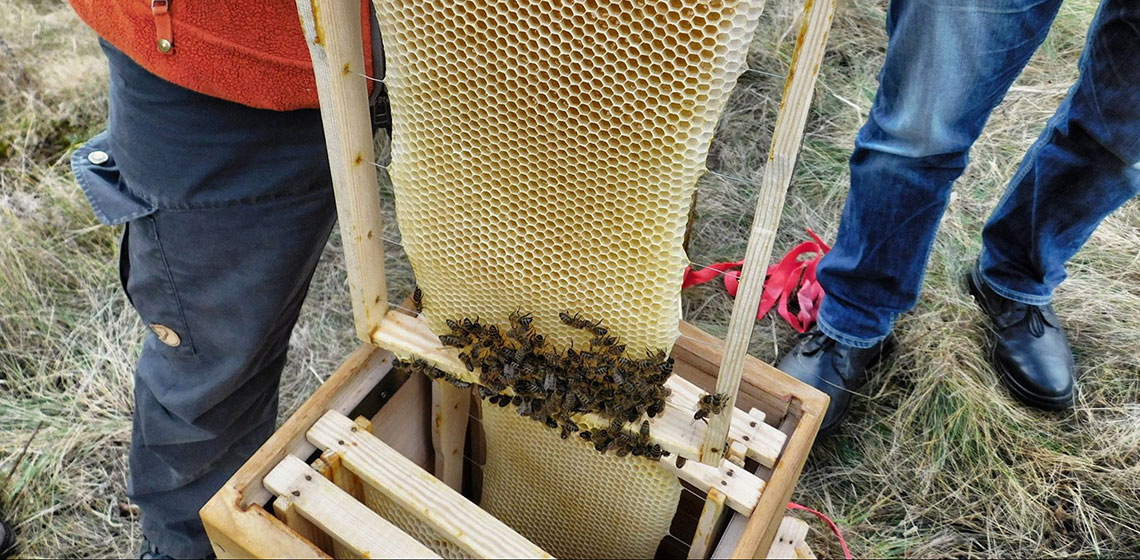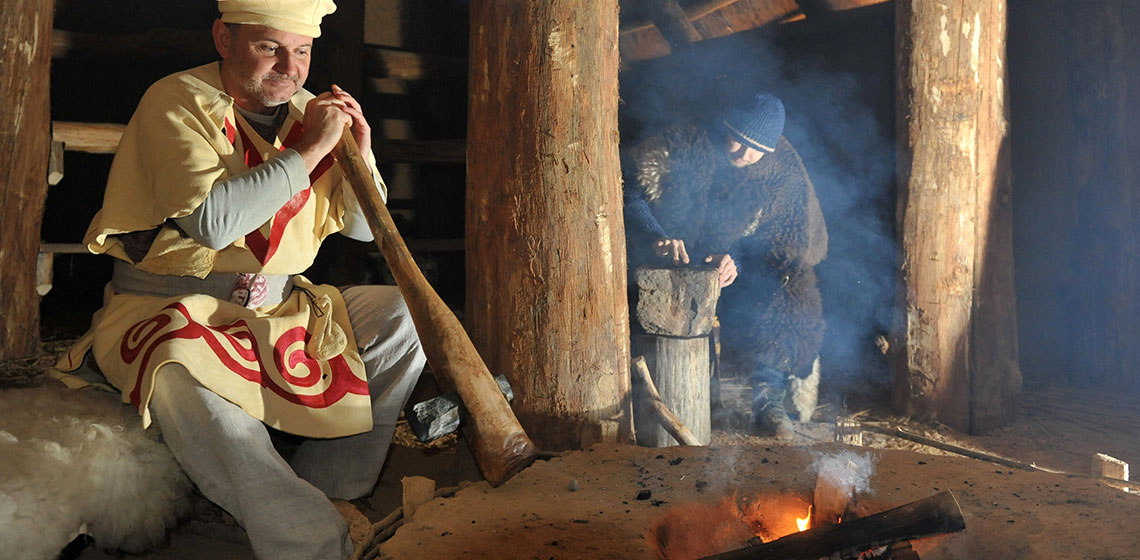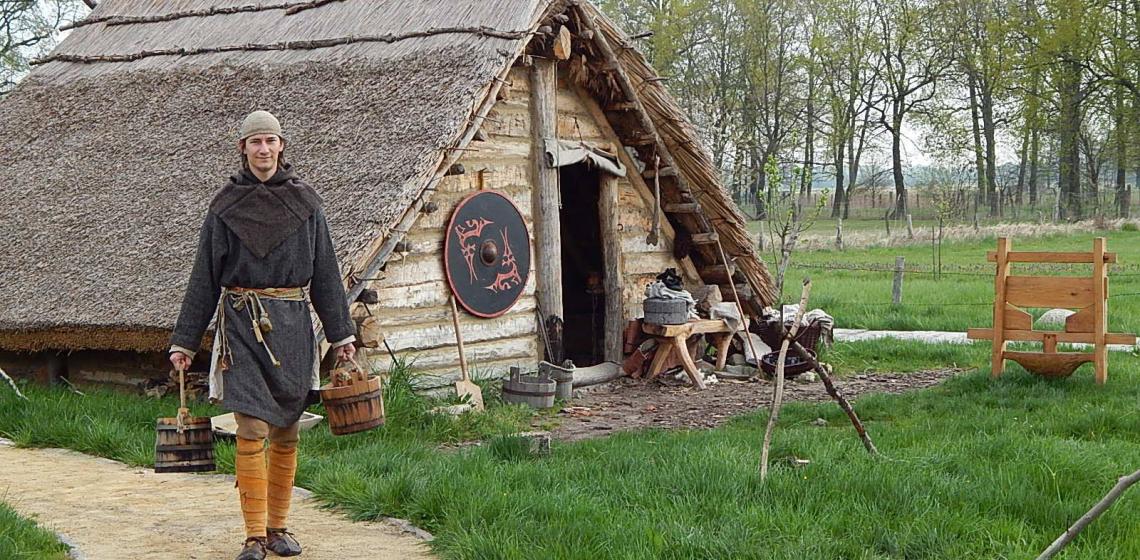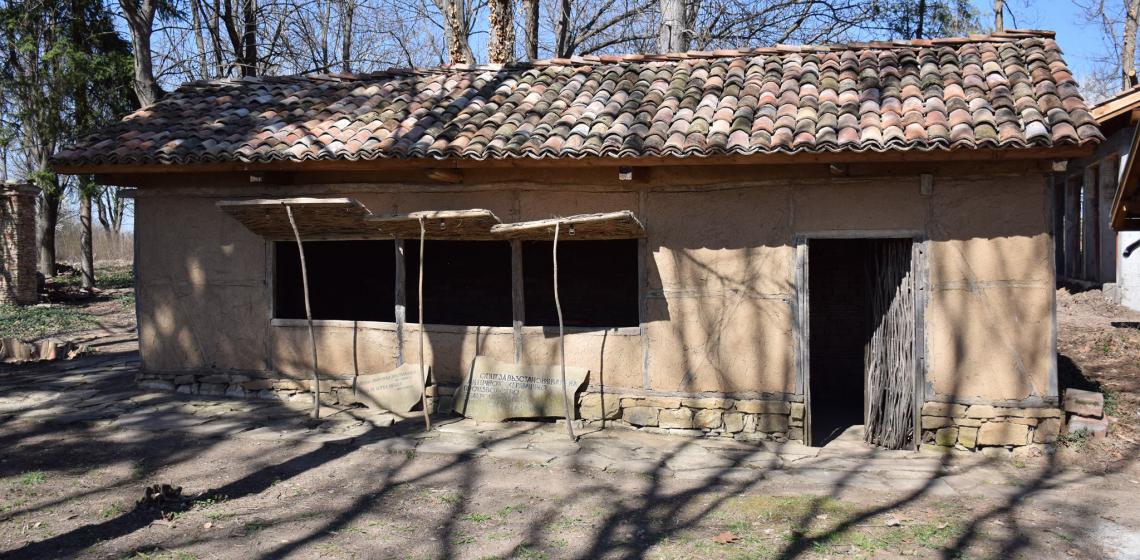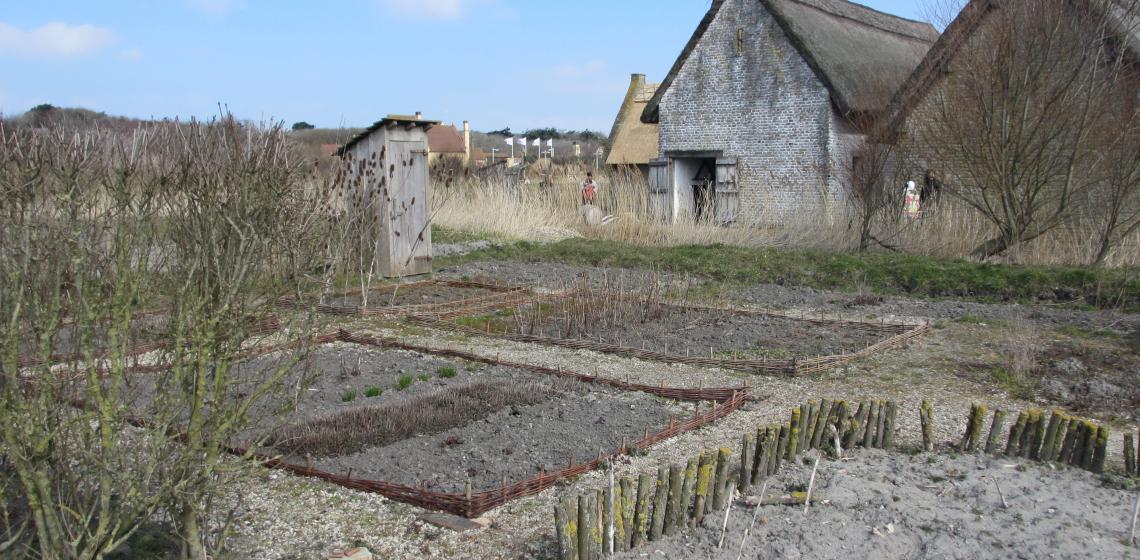Fort Ross Conservancy (US)
Fort Ross was the hub of the southernmost Russian settlements in North America from 1812 to 1842. In those days, Spanish colonialists came from the South into California, The Russians from the north.
Fort Ross is nowadays a California State Historic Park showcasing a historic Russian-era fort compound that has been designated National Historic Landmark status. The 3,400 acre park offers pristine natural landscapes as well as historic structures and exhibits that bring to life the former Imperial Russian settlement, early California Ranch era, and Kashaya territory.

